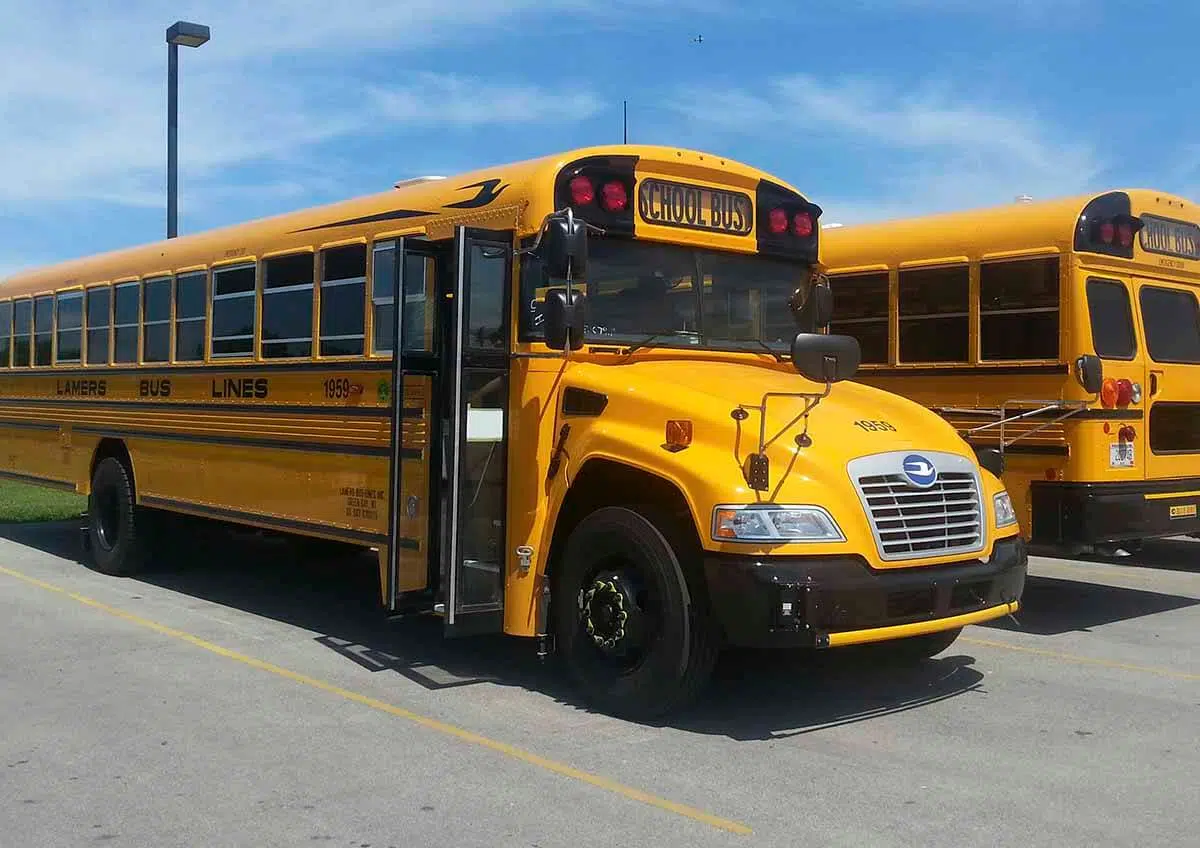(WTAQ-WLUK) — Educators are looking to the future, after Democratic Gov. Tony Evers and Republican state lawmakers came to a bipartisan agreement last week on a plan to increase shared revenue statewide.
The agreement includes several provisions for education funding. School districts across the state are already looking into what this will mean for K-12 education over the next two years.
“We have increased funding by one billion — a billion dollars, not only per pupil for those students, but what are the other areas those students are needing assistance in,” Republican State Senator Rachael Cabral-Guevara said.
Cabral-Guevara said the increases will go a long way. School administrators have similar thoughts.
“We will receive an additional $1,000 per pupil, which is significant, which is good news for the district,” Green Bay Public School District Chief Financial Officer Angela Roble said.
The bill will send a percentage of tax money collected by the state back to local governments and school districts. It’s a welcome agreement for Roble. But the lack of details have added a challenge to the district’s ongoing budget process.
“We are unsure, and it it is unknown how they are going to implement that,” Roble said.
Green Bay school officials aren’t alone. Appleton School District Director of Finance Holly Burr is hoping lawmakers move quickly to provide districts with more help.
“We are cautiously optimistic. However, we understand how the political process works,” Burr said.
In addition to the $1 billion increase, there will also be a 33% reimbursement for special education.
“That equates to $1.5 million less being transferred into the special education fund, which allows $1.5 million to pay for operational expenditures,” Roble said.
Still, there are downsides that board members and administrators will need to weigh once more information becomes available.
“It sounds like 10,256 per student — that’s our revenue limit currently,” Appleton School Board President Kay Eggert said. “If we wanted to move to the 11,000 per student, we would then have the ability to tax to that level, which obviously increases the tax burden.”
The agreement also calls for $50 million to be set aside for improving reading and literacy levels. Details of how it will be implemented have not been determined.
The joint finance committee will be the first to review the specific details of the plan.









